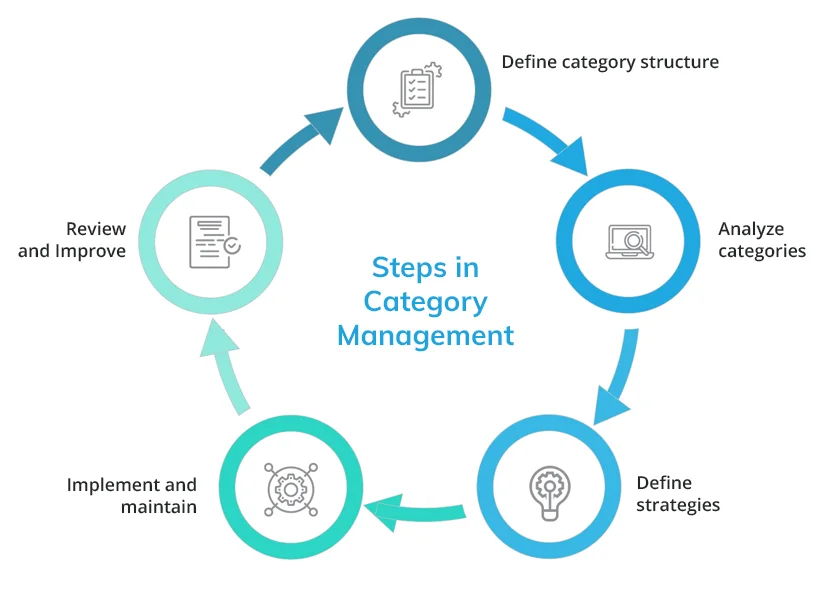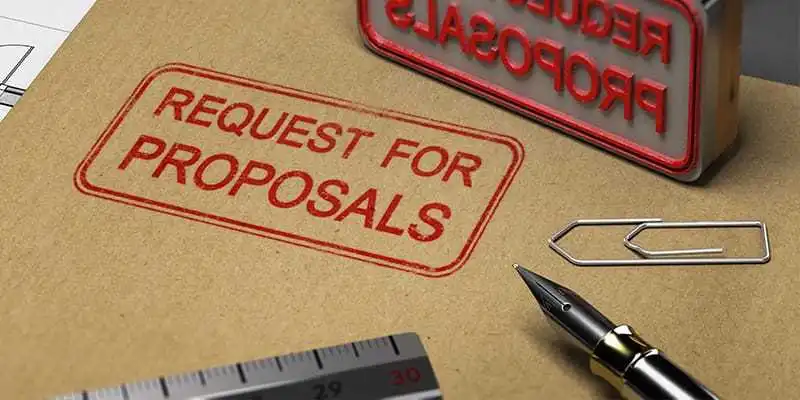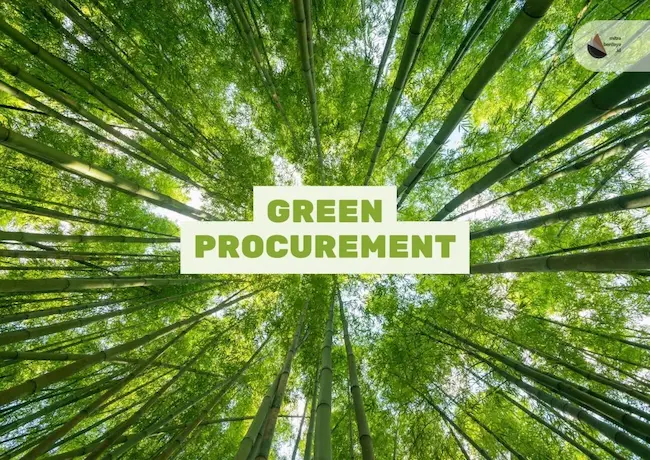Today, many businesses are striving to find smart and strategic ideas to control their expenses and relationships with suppliers. There is a growing tendency toward category management in procurement which is a new way for companies to control purchasing. Unlike single transactions, category management brings similar products or services under one category, making sourcing, finding worthwhile deals, minimizing risks and improving suppliers easier for businesses. We realize at Pro Procurement that effective procurement depends on creating lasting advantage, not just on reducing expenses. Here, we’ll discuss what category management involves, the reasons it matters and ways you can do it in your procurement strategy.
What is Category Management
Category management is a strategic approach to procurement that involves grouping similar or related products and services into categories to help manage an organization’s spending. Businesses do not source items one by one, but instead manage several categories of products as grouped business units. As a result, instead of having individual categories for office supplies, technology equipment and software licenses, they’re combined into “Corporate Services” or “Technology.” After that, each category is handled by a category manager or team, whose tasks include studying the market, planning supplier relationships and processing performance and improvement. Unlike traditional purchasing, this technique considers all parts of a supplier relationship, why things cost what they do, risks and what is happening in the market. The result? Better relationships with suppliers, better prices and more benefits created throughout the supply chain.
Why Category Management Matters in Strategic Procurement
Since the marketplace is competitive and cost-sensitive, companies must use a proactive plan that helps their procurement efforts match their business objectives. That’s when category management procurement takes things to the next level.
Enables Cost Optimization
Using data and centralizing purchases within groups allows category management to help procurement teams achieve smarter deals, find potential savings and cut the total amount they must recoup on an ongoing basis.
Strengthens Supplier Relationships
By using category management, businesses form lasting partnerships with suppliers instead of dealing with them just once. Textile buyers turn this into better teamwork, exciting products and enhanced services that help both parties.
Drives Consistency and Standardization
Using the same methods for purchasing in all areas leads to standardized results in terms of quality, following regulations and overall performance.
Aligns Procurement with Business Goals
Category managers maintain close communication with people inside the company to understand how every department is different. With this connection, sourcing strategies become part of the effort to meet the organization’s targets in sustainability, growth or becoming digital.
Boosts Strategic Decision-Making
Category managers use market intelligence, spend analytics and data on how suppliers are performing to decide quickly and intelligently, relying on up-to-date information.

Key Components of Effective Category Management
Taking care of procurement categories is not only about grouping, but also requires many critical processes and disciplined steps. We believe that pulling together the proper people, effective processes and technology will help you succeed. Let’s start with these main components:
Category Segmentation and Spend Analysis
The basis of category management is to group products or services appropriately, analyze spend history and find patterns. As a result, it becomes easier to spot similarities, condense relationships with suppliers and outline areas to make savings or offer advantages.
Cross-Functional Collaboration
Working with representatives from finance, operations, legal departments and business units, category managers must identify their current needs to guide procurement choices. This way, the chosen strategies are suitable and actually improve business results.
Market Intelligence
A category manager uses frequent information updates to proactively deal with trends, market demands, supplier abilities and prices. This enables better risk control, hiring the right suppliers and reviewing work contracts.
Supplier Relationship Management (SRM)
Being in a good relationship with suppliers is important for effective category management. Applying performance targets, recurring checks and engaging with strategies encourage suppliers to be enduring partners who assist in making the company more advanced and productive.
Strategic Sourcing
Each category in strategic sourcing requires assessing available sources, conducting competitive bidding, bargaining over terms and opting for suppliers that represent a better value. Reducing costs is important, but don’t ignore overall value.
Performance Measurement
By using cost savings, supplier performance, contract compliance and risk mitigation as KPIs, organizations can monitor the performance of every area and keep improving their strategies.
How to Apply Category Management in Your Procurement Process
The process of category management in procurement needs a well-structured plan that links overall strategy to daily tasks. This is something that needs to be done all the time, looking at what we do, planning it, acting on the plan and making it better. Here are the steps to use it well in your company:
Step 1: Conduct Spend Analysis
It is important to start by reviewing your organization’s procurement data to learn how you are currently spending your money. It shows where the funds are being spent, the number of organizations that are providers and which departments look most promising.
Step 2: Define Categories
Organize goods or services into different groups using their main functions, the market they come from or how they are used. Some examples are IT, facilities, administrative services, necessities for production or logistics.
Step 3: Assign Category Ownership
Appoint someone or a team who will be responsible for tracking and planning the success of every category. In this role, they manage suppliers, join efforts with stakeholders and keep looking for better solutions.
Step 4: Develop Category Strategies
Make specific strategies for every category by drawing from the data gained from spend analysis and market research. The objectives are also made up of cost savings, finding new solutions, promoting sustainability, ways to buy and work with suppliers and handling risks.

Step 5: Execute Sourcing Activities
Put the strategy into action by selecting suppliers, issuing requests for quotations, negotiating deals and supervising the contracts, all according to the goals for the category.
Step 6: Manage Supplier Performance
Keep an eye on suppliers’ performance by using key performance indicators. Regularly talk, keep checking the level of service and join efforts to improve the way things are done.
Step 7: Review and Optimize
Category management is a process that is repeated over time. Keep checking each category to see if it meets the current results, needs of the business and what’s happening in the industry. Modify your plans to remain adaptable and competitive.
Tools and Technologies That Support Category Management
Modern procurement relies on the right technology for category management to be successful. The use of these platforms enables pro procurement teams to gain recognition, collaborate better, improve their methods and depend on data when making decisions. We add up-to-date innovations to improve the way you do procurement. Key tools are essential for effective and strategic procurement category management.
Spend Analysis Software
They bring together procurement information and examine it to discover how to save, mix and reduce suppliers and analyze how each category performs over time. They support good decision-making in any field. Coupa, SAP Ariba Spend Visibility and Jaggaer are common examples.
eSourcing Platforms
eSourcing tools support procurement teams in managing RFPs, RFIs and eAuctions effectively for every department. They manage the sourcing method consistently, guarantee fair information sharing and support fair pricing. Well-known examples are Ivalua, Zycus and GEP SMART.
Supplier Relationship Management (SRM) Tools
Such platforms oversee supplier results, regulate contracts and make cooperation easier over time. Using these tools helps companies maintain good relationships with suppliers in all areas. Some well-known examples: Oracle Procurement Cloud and SynerTrade
Contract Lifecycle Management (CLM) Software
Using a CLM tool makes it simpler to make, sign, store and comply with contracts. They make sure every subject area is taken care of by secure and enforceable contracts. Easy-to-name choices are DocuSign CLM, Agiloft and Ironclad.
Procurement Dashboards & Analytics Tools
KPIs, performance of suppliers, how well contracts are followed and risk factors are all shown in real-time on custom dashboards. Popular examples are Tableau, Power BI and ProcurementIQ.
Tracking procurement trends helps keep dashboards relevant.

Common Challenges and How to Overcome Them
Even though category management is valuable for procurement, there are some problems that need to be solved. Below are the typical problems organizations encounter, along with useful answers to them:
-
Resistance to Change
- Challenge: It can be difficult for teams to consider anything other than the conventional and transactional procurement methods.
- Solution: Train people, get stakeholders involved in the beginning and show positive results early to earn their trust.
-
Poor Data Quality and Visibility
- Challenge : Without the right spend data, deducing needed categories and constructing useful strategies becomes difficult.
- Solution: Buy professional spend analysis software and establish strict rules for controlling and using company data.
-
Lack of Cross-Functional Collaboration
- Challenge : Purchasing practices might not fit different departments, so the company encounters opposition.
- Solution: Give responsibility to particular managers, keep key people informed through regular meetings and join procurement goals with the success of the business.
-
Supplier Management Complexity
- Challenge: Overseeing different suppliers for a variety of goods may cause occasional variation in quality, prices and following regulations.
- Solution: Organize suppliers into categories according to their significance, assess their results using clear targets and build lasting relationships with main suppliers.
-
Insufficient Tools and Technology
- Challenge: Managing performance, contracts and competition is tough for category managers without access to updated tools.
- Solution: Pick up digital procurement solutions that have automation, analytics and handle contract lifecycle management.
Best Practices for Long-Term Category Success
Organisations need to switch from focusing on occasional changes to continuously working to improve their approach. Our team at Pro Procurement has noted several tips that support businesses in maintaining their drive, staying innovative and adjusting to new situations.
Frequently revise your category strategies
The market keeps evolving, so your category plans should change as well. Regularly review all the categories to check on the performance of your suppliers, any unusual price changes, new threats or openings for innovation. As a result, your strategy will continue to match both the movement of the market and the goals of the business.
Promote Involvement of All Important Stakeholders
People who work in category management need to collaborate with each other to be successful over a long period. Start interacting with stakeholders from the beginning and continue regularly. Support their comments, let them help with plans and keep the lines of communication open so their needs are covered.
Put effort into hiring and teaching your workforce
Provide your team with the skills they need to do their jobs well. Give category managers skills in handling negotiations, using data, interacting with suppliers and conducting market research.
Use technology to ensure your business can grow
Take advantage of tools that automate work, review a lot of data and automatically follow your KPIs. This helps enhance efficiency and gives category managers the chance to concentrate on making important strategic decisions.
Set up Supplier Collaboration as a top priority
Regard your top suppliers as partners in your organization. Bring them into work that involves new ideas, environmental care and improving how work is done. Wanting to work with others benefits service, creativity and cost control in the long run.
Continuously watch and measure your achievements
Specify steps to measure improvements in each area such as the costs, quality of providers, how timely shipments are and following the rules. Often check these indicators and adjust your approach to keep improving.
Practicing these methods allow organizations to turn procurement category management into a driving force behind sustainable results and strategic expansion.

Conclusion:
Category management involves more than buying supplies or products, it is also used to plan spending, maintain good relationships with suppliers and organize buying activities to better suit the overall business goals. By learning category management in procurement and applying its main features, companies achieve big savings, increase how efficiently they operate and manage risk more effectively. At Pro Procurement, our main focus is to guide businesses in creating effective category management strategies based on their own needs. Effective tool use, teamwork and problem-solving help the category succeed over the long run and achieve a lasting edge over others.
Get in touch with Pro Procurement Today!
FAQs
-
What do we mean by category management in the context of procurement?
The process categorizes products or services of similar nature to organize spending and suppliers better.
-
Why should we focus on category management?
Because it saves money, improves the way suppliers work and brings procurement activities closer to the company’s overall goals.
-
How do you get started applying category management?
Take your spend data, sort it into different categories, choose category managers and draft custom strategies.
-
Which tools are most often seen in category management?
Software exists that specializes in spend analysis, eSourcing, managing relationships with suppliers and handling contracts.
-
What threats could occur within a category management strategy?
Typical difficulties are stubbornness to new ways, poor data and less teamwork—training, good communication and the right technology help address these.







